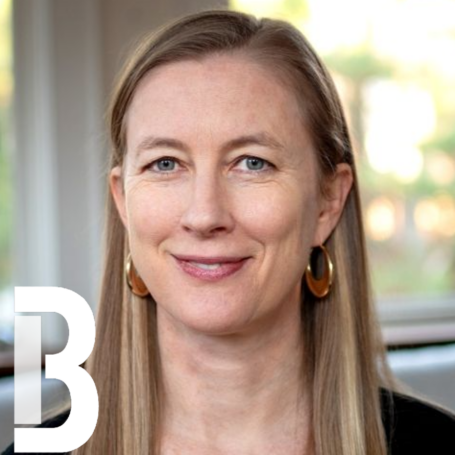 PIBBS
PIBBS Putting the Detective Work in Lie Detection

Social and behavioral scientists are getting better at determining who is telling the truth these days. Here, inventor American inventor Leonarde Keeler tests his lie-detector on a former witness in the 1935 Lindbergh baby kidnapping trial.
Imagine watching a videotape of a police officer interviewing a young man and trying to decide whether the young man is telling the truth.
The only tools you have are your observational skills: Does the young man seem nervous? Is he cooperating?
According to new research in Policy Insights from the Behavioral and Brain Sciences, most people think they are pretty good at figuring out whether someone is lying. In reality, most people are right about 55 percent of the time—slightly better odds than a coin toss.
In “Active Deception Detection,” Timothy R. Levine explains that there are, in fact, ways to improve accuracy beyond relying on mere observation—what he describes as a passive lie detection strategy.
Motives, Evidence and Confessions
A better strategy–active lie detection—relies not just on observation but also on information gathering and even direct interactions with the suspect.

The Federation of Associations in Behavioral and Brain Sciences, or FABBS, with SAGE, the parent of Social Science Space, publishes the journal Policy Insights from the Behavioral and Brain Sciences. This annual journal features research findings in the sciences of mind, brain, and behavior that are applicable to nearly every area of public policy. The first issue comprises 33 articles in social and personality psychology focused on topics including health, education, justice, the environment, and inequality.
Returning to the above scenario, suppose you now know whether the young man is considered a suspect, witness or victim, and that you also know the nature of the alleged crime and the basic facts about the crime. Once you know the context of the interview, Levine explains, “listening carefully to what is said becomes more useful in assessing honesty.”
As it turns out, a bit of useful context can improve accuracy quite a bit—up to 75 percent, he says, citing the results from several recent experiments.
Familiarity also improves accuracy, Levine states, citing a 2001 study in which college students improved their accuracy from near-chance to 69 percent when the observed interviews concerned issues on their own campuses.
Levine describes a turning point in understanding lie detection when he and colleagues, in 2002, conducted an experiment in which participants were asked to recall a successfully detected lie.
Most descriptions involved either the use of evidence or a confession, sometimes through questioning and sometimes spontaneously. In short: motives, evidence and confessions play critical roles in accurate lie detection.
Boning Up on Lie Detection
Interviewers need to be careful how they ask questions, Levine cautions. Questioning done wrong can not only make honest people nervous and uncertain but also lead observers to conclude that the suspect is being dishonest rather than simply struggling to answer a poorly designed question.
When done right, though, expert questioning can yield accuracies of up to 77 percent.
Indeed, one particularly effective questioning strategy involves withholding evidence to see whether the suspect’s statements contradict the evidence. Under this strategy, accuracy improved to what Levine describes as “an impressive 85 percent.”
While research on successful lie detection is still in its infancy, today’s best scientific evidence suggests that accurate human lie detection relies more on what is said rather than how it is said.
In law enforcement, interviews and interrogations yield better outcomes when answers are understood in light of facts. But as Levine notes: “Anyone can do a little ‘detective work’ especially in the age of Google, social networks, and the Internet.”
In short, a little homework can go a long way in deception prevention and detection, he says, adding that paying attentions to what is said in light of what can be realistically known is key.





















































































